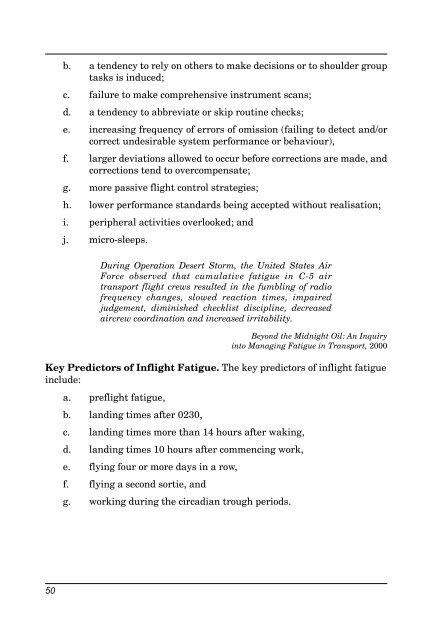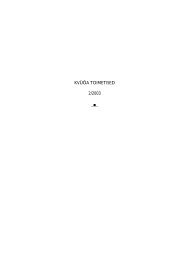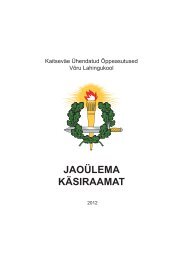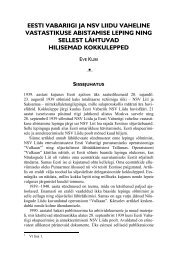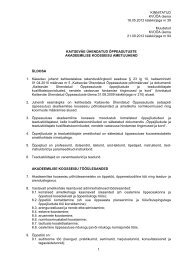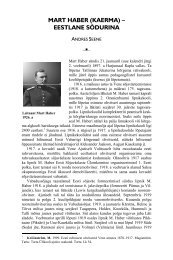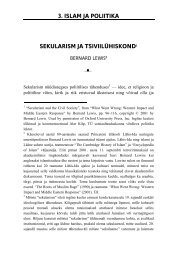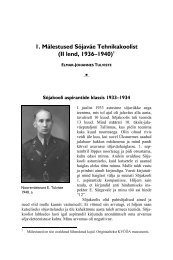Fatigue Management
Fatigue Management
Fatigue Management
Create successful ePaper yourself
Turn your PDF publications into a flip-book with our unique Google optimized e-Paper software.
. a tendency to rely on others to make decisions or to shoulder group<br />
tasks is induced;<br />
c. failure to make comprehensive instrument scans;<br />
d. a tendency to abbreviate or skip routine checks;<br />
e. increasing frequency of errors of omission (failing to detect and/or<br />
correct undesirable system performance or behaviour),<br />
f. larger deviations allowed to occur before corrections are made, and<br />
corrections tend to overcompensate;<br />
g. more passive flight control strategies;<br />
h. lower performance standards being accepted without realisation;<br />
i. peripheral activities overlooked; and<br />
j. micro-sleeps.<br />
During Operation Desert Storm, the United States Air<br />
Force observed that cumulative fatigue in C-5 air<br />
transport flight crews resulted in the fumbling of radio<br />
frequency changes, slowed reaction times, impaired<br />
judgement, diminished checklist discipline, decreased<br />
aircrew coordination and increased irritability.<br />
Beyond the Midnight Oil: An Inquiry<br />
into Managing <strong>Fatigue</strong> in Transport, 2000<br />
Key Predictors of Inflight <strong>Fatigue</strong>. The key predictors of inflight fatigue<br />
include:<br />
a. preflight fatigue,<br />
b. landing times after 0230,<br />
c. landing times more than 14 hours after waking,<br />
d. landing times 10 hours after commencing work,<br />
e. flying four or more days in a row,<br />
f. flying a second sortie, and<br />
g. working during the circadian trough periods.<br />
50


